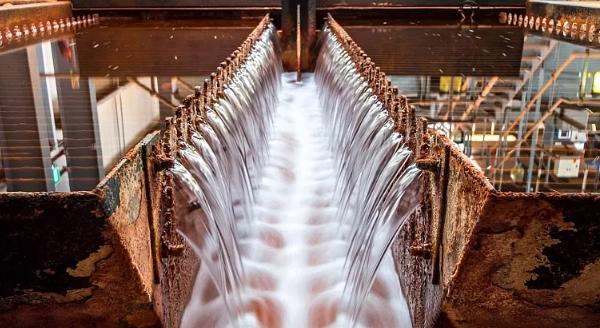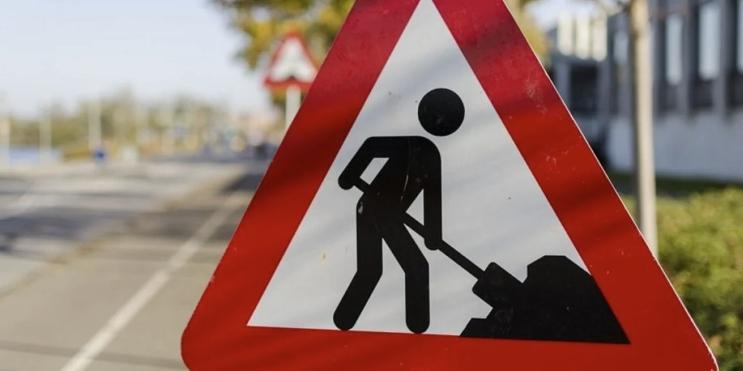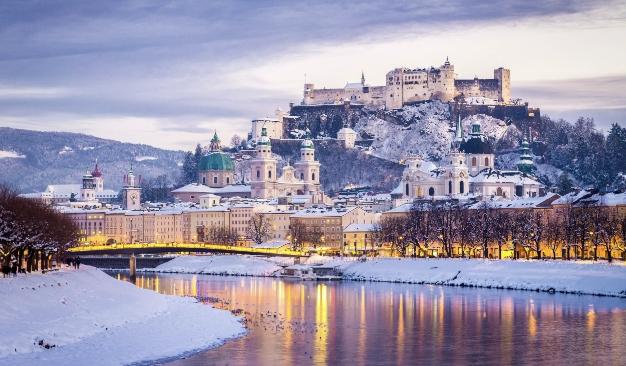In the heart of Gateshead, England, an innovative project has breathed new life into an abandoned coal mine, turning it into a source of green energy. The town has capitalized on the warm water filling the tunnels of old mines to provide heating for hundreds of homes and businesses.
“What we have in Gateshead is a legacy from the days of the coal mines, which was dirty energy,” says John McElroy of Gateshead Council. “Now we are leading the way in generating clean, green energy from those mines.”
A Green Transformation
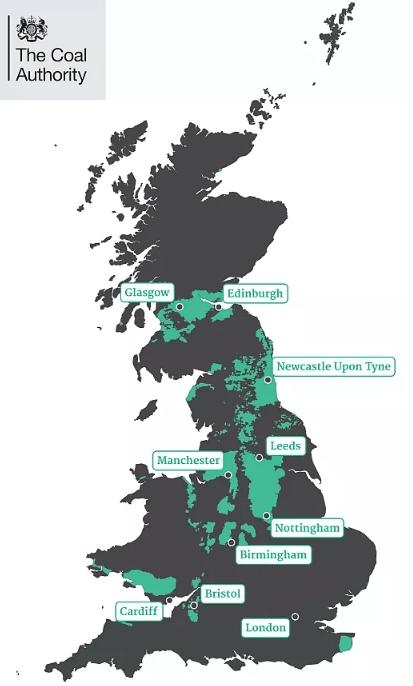
Warmed by the earth, the waters that have flooded these unused mines over the years present a golden opportunity for renewable energy. Gareth Farr from the Coal Authority highlights:
“Recovering heat from mine water below the ground within abandoned coal mines provides an exciting opportunity to generate a low carbon, secure supply of heat.”
The UK is a veritable treasure trove of these submerged tunnels. With around a quarter of the nation’s homes sitting atop these watery vaults, their potential as an energy source is vast and largely untapped. Their transformation could not only power homes but also revitalize communities still scarred by the closure of the coal industry decades ago.
The Mechanics of Mine Water Heat
Mine waters, warmed naturally as they lie deep underground, are brought to the surface where their heat can be extracted and utilized. Temperatures of these waters, depending on their depths, can range up to a steamy 45°C. But, to harness this heat, the water, often laden with toxic compounds, is first purified.
The extraction process is achieved by drilling boreholes to access the water, which is then channeled through heat pumps and extractors. These mechanisms compress the liquid, raising its temperature before it is distributed through heating networks. Once depleted of its heat, the water is returned to the mine, where it is naturally reheated, ready for the cycle to recommence.
It’s a system that promises consistent performance throughout the year. Unlike solar or wind energy, mine water heat isn’t affected by seasonal changes. Moreover, it can be used not only for heating but also for cooling homes, showcasing its versatility.
A National Endeavor

In Gateshead, a 5km network of pipes, boreholes, and a state-of-the-art heat pump energy centre, all established with government funding, now churns out 6 megawatts of mine water heat. This project heats 350 high rise homes, a college, art gallery, several office buildings, and a large manufacturing site.
Parallelly, the UK Geoenergy Observatory (UKGEOS), based in Glasgow and managed by the British Geological Survey, spearheads research in this field. Alan MacDonald of UKGEOS underscores the global significance of their findings, stating:
“The data from these 12 boreholes in Glasgow will help scientists around the world understand the subsurface and geothermal energy better.”
The UK isn’t alone in exploring this energy frontier. It joins other European nations, marking a continental shift towards leveraging abandoned coal mines as sources of green energy.
Europe’s Geothermal Vanguard
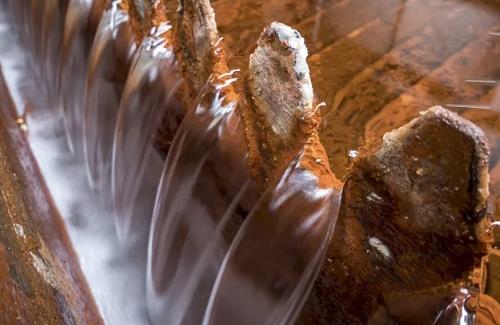
Heerlen, a city in the Netherlands, was home to the world’s first mine water power station, launched in 2008. It has since reduced the area’s carbon emissions from heating by nearly two-thirds. In the Asturias region of northern Spain, a similar initiative is in motion. María Belarmina Díaz Aguado, Asturias’s director of energy, proudly notes:
“Geothermal energy has given a second life to our coal mines.”
These ventures exemplify how a blend of innovation, investment, and the rich, untapped reserves lying dormant beneath our feet can propel us into a future where clean, green, and sustainable energy is not just a possibility, but a reality.

